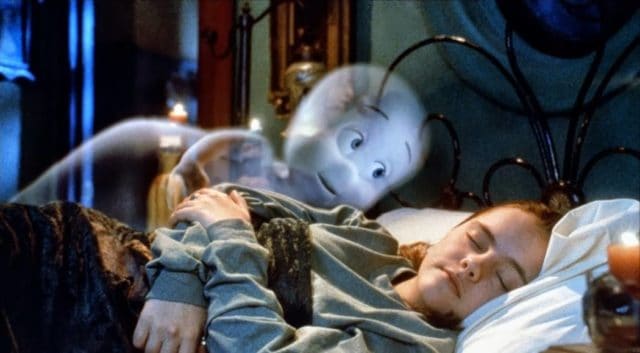
Believe it or not hypnagogia is very real and it is that period that rests between sleep and wakefulness in which your brain is not completely shut down as of yet. While scientists don’t really know enough about it yet theories abound that the reason that we tend to see images and possible hallucinations before reaching sleep, or while remaining in that hypnagogic state, is that the brain is not fully asleep yet. During the sleep cycle it’s been surmised that the front portions of the brain tend to reach the resting state first, which can leave the rest of the brain still functional and without needed guidance and support that usually comes from the front lobes.
It’s also believed that the parts of the brain that deal with balance and sight are left switched on as the brain is cycling down for the night, which is why we ‘see’ things and experience unsettling sensations like falling if we’re woken up from this state. It’s a very disorienting moment if you’ve ever been between wakefulness and sleep, as you’re not quite in either state yet and are extremely susceptible to interruption. The sudden jolt to your system can make you feel unhinged and even give you the sense of losing control for a brief second.
This is something that many college students are fully aware of since the pressures of staying up all night to cram for a test or finish an assignment can be very hectic and force a student to stay up past their normal sleeping period. The only issue with doing this is that even with stimulants such caffeine, usually a favorite of many, the body will eventually need its rest and will force upon the individual the need to shut down for a while. Those that are extremely stubborn will run the risk of entering such hypnagogic states simply because they cannot be told when to quit. Unfortunately while in a hypnagogic state a person’s sense of reasoning and logic are not always as clear as they might believe.
Having been in this state numerous times during work and school I can attest that it is a rather difficult mode to exist in and it is always tempting to slip into full sleep mode and simply allow the body to rest. However, even if one does happen to make that wise decision the chance to do so can be disrupted by most anything if sleep doesn’t come quickly enough. A loud noise, a sudden muscle twitch, or just something that disrupts the attempt to go to sleep can cause massive disorientation and knock an individual back for a brief moment into the hypnagogic state once again.
In this state a person can tend to see things that might not make sense, but will usually have something to do with a stimulus that was present during their day and emerges as an unresolved image. This state is not like the REM stage of sleep since dreams are usually very vivid. It’s a very trippy state to be in though.





